Do you ever try to think that there is a specific unknown animal that has the capability of body structure regrowth, and who has a strange look? Let me introduce you to the wonderful world of the axolotl pet! These types of aquatic amphibians have been a favorite of many because of their great abilities and interesting characters.
Content Table
This article will focus on learning more about axolotl pets and what they have to do with your life: axolotl lifespan and their habitats, diet, and what makes them so fascinating. Follow us in the exploration of some facts about these incredible axolotl animals and find out why have they gained popularity among owners and scientists.
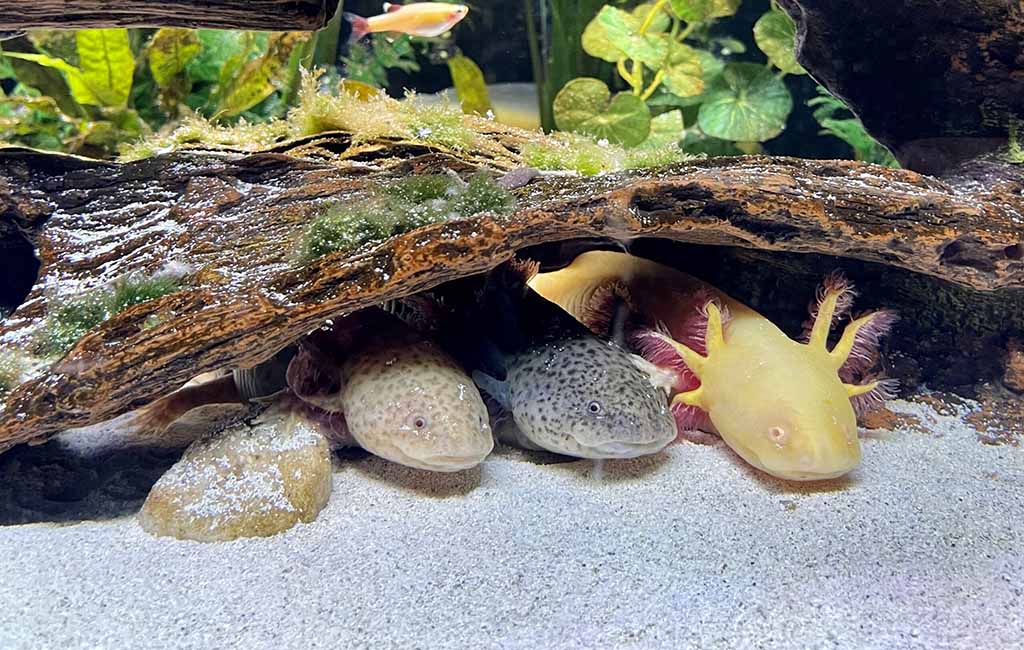
Axolotl lifespan
What is an Axolotl
Axolotls are special amphibians that look like aquarium pets all their lives, being newborns at heart. Most species of salamander grow and develop, proceeding through life cycle changes which include metamorphosis; however, the axolotl does not: it will retain many features of a tadpole throughout its life. This phenomenon has a name – neoteny.
Key Characteristics
- Aquatic lifestyle: Axolotls are essentially amphibians that solely live in water, unlike most of the other salamanders, who go through distinct phases of their lifecycle living in water and on land.
- Gills and fins: They have feathery gills on the sides of the head for respiration and a forked tail fin for fast swimming.
- Regeneration: Axolotls are famed for their unique quality of regeneration of lost limbs, organs, and even parts of the brain.
- Various colors: The color of an axolotl is usually the darkest brown with black blotches, but they can also be albino – entirely white with pink gills, or have other colors.
Where Do Axolotls Live
Mexico City and its environs house the axolotl population. The Aztecs long ago constructed the Xochimilco canals, where they dwell as a part of this network. The waterways form a distinct ecosystem that supports the axolotl’s lifestyle of swimming.
Key features of the axolotl’s habitat
- Shallow, interconnected canals: Shallow waterways linked together make up the Xochimilco canals as an advanced system suitable for axolotls to hide and search for food.
- Abundant vegetation: Various aquatic creatures including the axolotl receive oxygen and refuge from aquatic plants like lilies and algae in the canals.
- Nutrient-rich water: The canals receive nutrients from adjacent cultivation zones, which cultivate a vibrant ecosystem.
- Cool, stable temperatures: Throughout the region in Mexico City there exist agreeable and cool weather conditions favorable for axolotls.
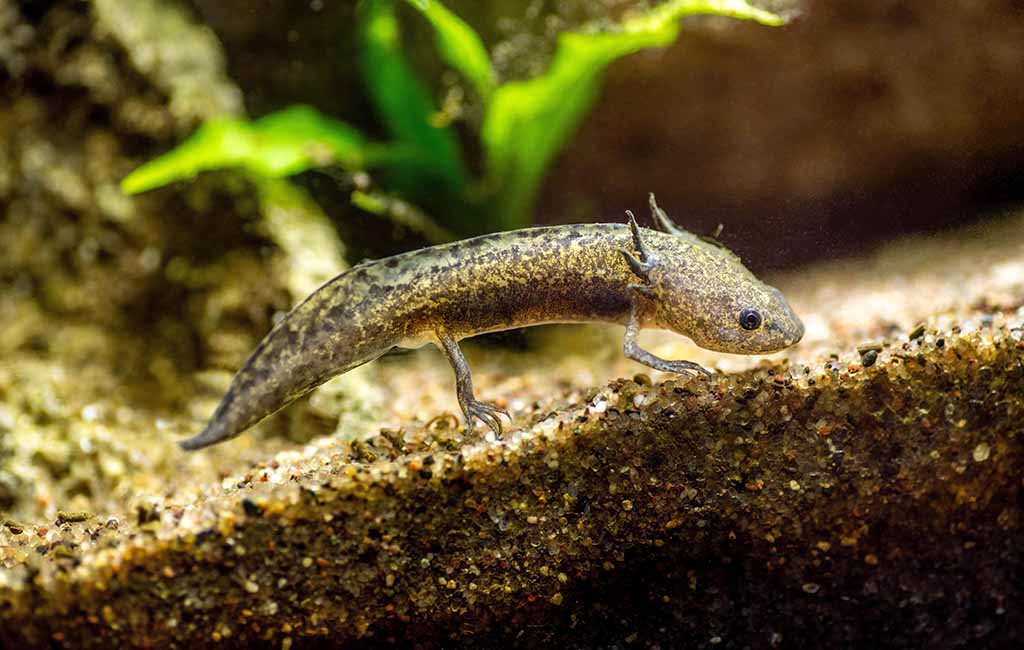
Axolotl pet
How Long Will an Axolotl Live
Axolotls may endure a considerable length of time during captivity. Under the right conditions, the average axolotl lifespan is estimated to be between 10 and 15 years. Several individuals can extend their lives past 25 years.
Axolotl Life Cycle and Growth Stages
- Larval stage: From eggs hatch larvae of axolotls possessing external gills and a tail fin. Throughout their lives, they stay at this stage.
- Growth and development: As they progress further in age, axolotls grow their limbs along with other characteristics. They become sexually mature between 6 and 12 months.
- Reproduction: Axolotls create eggs instead of reproducing by birth. Males produce thousands of eggs simultaneously that frequently remain on vegetation such as spawning mops plants or other elements in the water tank.
What Do Axolotls Eat
Axolotls are carnivores, meaning they primarily eat meat. As aquatic predators, their diet consists of various small invertebrates and other aquatic organisms.
Common Axolotl Food Items
- Bloodworms: These are small, red aquatic worms that are a staple food for many axolotl keepers.
- Tubifex worms: Another popular food item for Axolotls, tubifex worms are slightly larger than bloodworms and can be found in freshwater environments.
- Mosquito larvae: These tiny insects provide a good source of protein for axolotls.
- Daphnia: These small crustaceans, also known as water fleas, are a nutritious food source for Axolotls.
- Small fish: In some cases, axolotls may also eat small fish, such as guppies or minnows.
Feeding Schedule
- Juvenile axolotls: Younger axolotls should be fed daily or every other day.
- Adult axolotls: As they age, adult axolotls can be fed every other day or even every third day.
- Portion size: The amount of food should be adjusted based on the axolotl’s size and appetite. A good rule of thumb is to offer a portion about the size of the axolotl’s head.
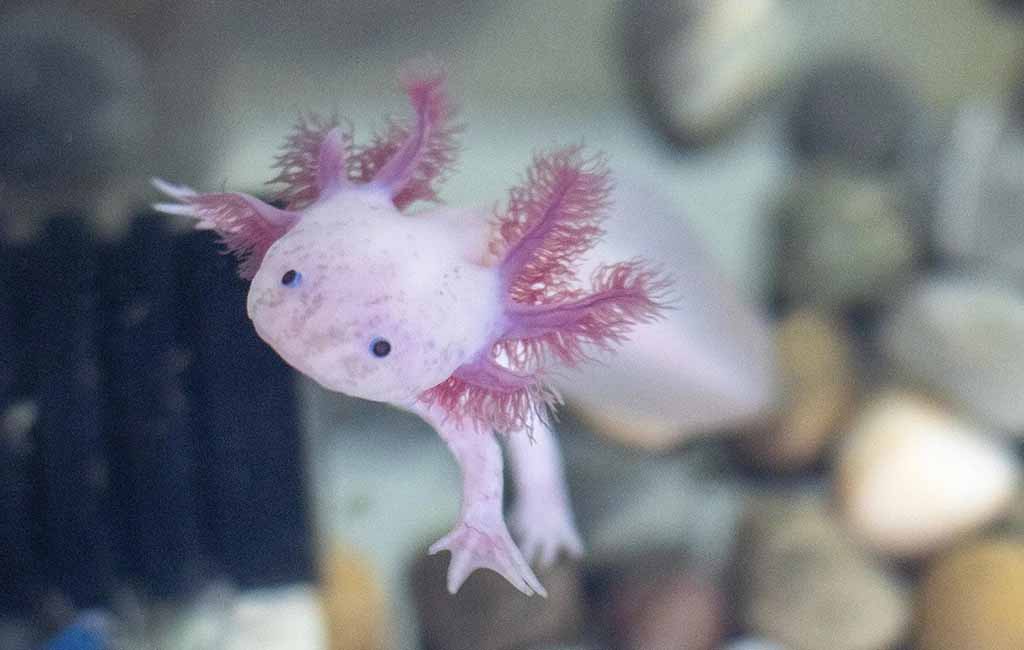
Axolotl facts
Interesting Facts About Axolotls
Axolotls are truly fascinating creatures with unique abilities and characteristics. Here are some interesting facts about them:
- Regeneration: Many regard axolotls as outstanding in their regenerative powers. Axolotls regrow limbs and organs, as well as portions of their brains. They serve as an important focus for scientific inquiry.
- Multiple hearts: Axolotls have six hearts instead of the usual number for animals. The function of these hearts is to distribute blood in their entire system.
- Color variations: Although dark brown with black spots is the usual color of an axolotl, you can also find them in shades like white albino or pale leucistic with dark-colored eyes.
- Ancient lineage: Axolotls represent an ancient heredity among amphibians that has existed for millions of years. Due to their ancient traits, they are viewed as living fossils.
- Endangered status: In their natural surroundings, the survival of axolotls is threatened by loss of habitat and pollution. They face ongoing efforts to be protected.
Closing Remarks
Axolotls stand out as unique individuals with amazing traits. Their unique body design and historic background along with their power to regrow limbs make them a remarkable focus of academic pursuit. It is vital to acknowledge that they encounter critical risks within their natural surroundings. Efforts to conserve these striking amphibians are essential to preserve their survival for the next generations.
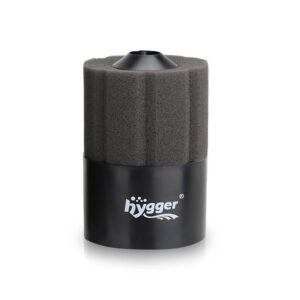
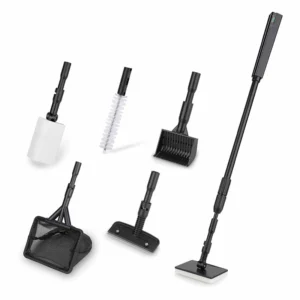
Leave a comment